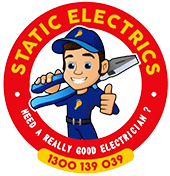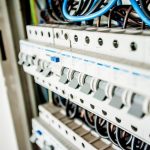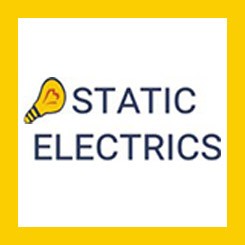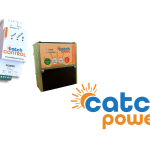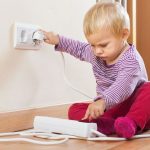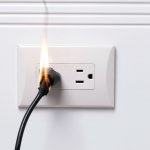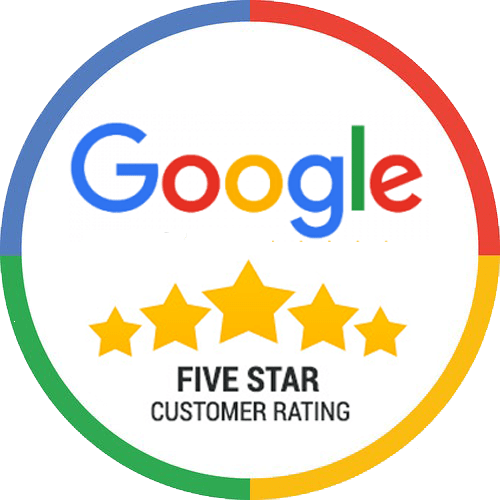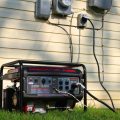You don’t need us to tell you that a power outage is a regular nuisance in the country these days. They happen in bad weather, when something technical has gone wrong or for scheduled maintenance, but it seems to be happening more and more. So it’s no wonder that homeowners across Brisbane, the Sunshine Coast and beyond in Australia are finding themselves thinking about the need for a reliable backup power source. The answer?: Connecting a generator to a house ensures that your essential appliances and systems will continue to operate smoothly no matter what, maintaining comfort, convenience and safety in dark times.
Generator connection to house: How to get it done
Maybe a bushfire has broken out. A cyclone. A flood. The modern grid simply can’t keep up with demand. But beyond that, Australia’s vast landscape and the remote location of many homes means that blackouts can last a lot longer than the authorities promise. A generator provides a practical and affordable solution to these challenges, supplying power to critical systems at your place such as refrigeration of your food, essential lighting, and communication – all indispensable during emergencies.
While the motivation for installing a backup generator is clear and urgent, the actual process of how to connect a generator to your house is not as simple as you might think. It involves several technical steps and safety protocols to ensure effective and safe operation, and your peace of mind. Hiring a licenced electrician near you is essential. Let’s explore these steps in detail:
Step-by-step guide to connecting a generator to your house
Step 1: Determine your power needs
Before connecting a generator to your house, it’s essential to assess your power requirements. First, identify which appliances and systems you need to keep running during an outage – and then calculate their total wattage. This will help you select a generator that can handle the load.
Step 2: Choose the right generator
Once you know your power needs, choose a generator that matches your requirements exactly. There are several types of generators available, including portable and standby models and much more. For long-term, automatic-when-it-happens power solutions, a standby generator might be the best choice, but it’s almost certainly best to speak to a real expert about your needs and exact circumstances.
Step 3: Install a transfer switch
Transfer switch? If you’ve never heard of it, realise that it’s crucial for safely connecting that generator to your house. The transfer switch is installed in your electrical switchboard. It’s a device that enables you to connect a generator to your house Australia wide with complete safety – by switching your home’s power supply from the mains to the generator. It will then prevent back-feed, which can be dangerous to utility workers – but it could also damage your expensive & critical electrical system and devices.
Step 4: Prepare the generator placement
Select a safe outdoor location for your generator. It should be away from windows and doors to prevent exhaust fumes from entering the house, although an expert can provide additional custom guidance. But ensure that the area you choose is dry and well-ventilated.
Step 5: Connect the generator to the transfer switch
Always use heavy-duty, outdoor-rated cables to connect the generator to the transfer switch when it’s needed. It’s a step that is crucial for ensuring how to connect generator to house safely and effectively.
Step 6: Ground the generator
Properly grounding the generator is absolutely critical for preventing electrical shocks and fires – and ensuing devastation! Always follow the manufacturer’s instructions to properly ground your generator, but by regulations you may almost certainly need licensed guidance and certification.
Step 7: Test your system
Before putting your trust, home and family in the generator in a true emergency, test that system thoroughly. Turn the generator on and switch the transfer switch from the mains to the generator – then check if all the connected appliances are working correctly and safely.
Step 8: Regular maintenance
Maintain your generator according to the manufacturer’s guidelines. Regular DIY and professional maintenance includes checking the oil levels, replacing those filters, and running the generator every now and then to make sure it’s ready when it is needed the most.
Connecting your generator safely
Never forget, connecting generator to house involves dealing with high voltages and currents that can pose serious safety risks – even death! It’s highly recommended, and almost always mandated by law & regulation, to hire professional electricians for the installation process from start to finish. These experts can always and legally handle the question of how do you connect a generator to your house – with full adherence to local electrical codes and safety standards, and always to your customer satisfaction!
Want to simply plug generator into house? Call us!
So remember: The easy and successful setting up of a generator absolutely always involves careful planning – from determining your power needs to installing a transfer switch and far, far beyond. While it’s a process that might seem daunting, the peace of mind and security it will give you, let alone the regulatory protection if the licensed experts get it done for you affordably, will provide invaluable peace of mind when things really get worrying.
From Sunshine Coast, Brisbane, Moreton Bay, Redlands, Gympie and far beyond, if you’re looking for expert assistance in connecting a generator to your home, let Static Electrics be your go-to-service. As a family-owned and operated local business, Static Electrics offers more than just expert electrical services – we provide upfront pricing, guaranteed workmanship, and no-obligation free quotes. Ensure that your installation is hassle-free and reliable – whether it’s backup power, air conditioning, solar systems or anything else. Static Electrics always has you covered. Give the friendly team a shout today!
